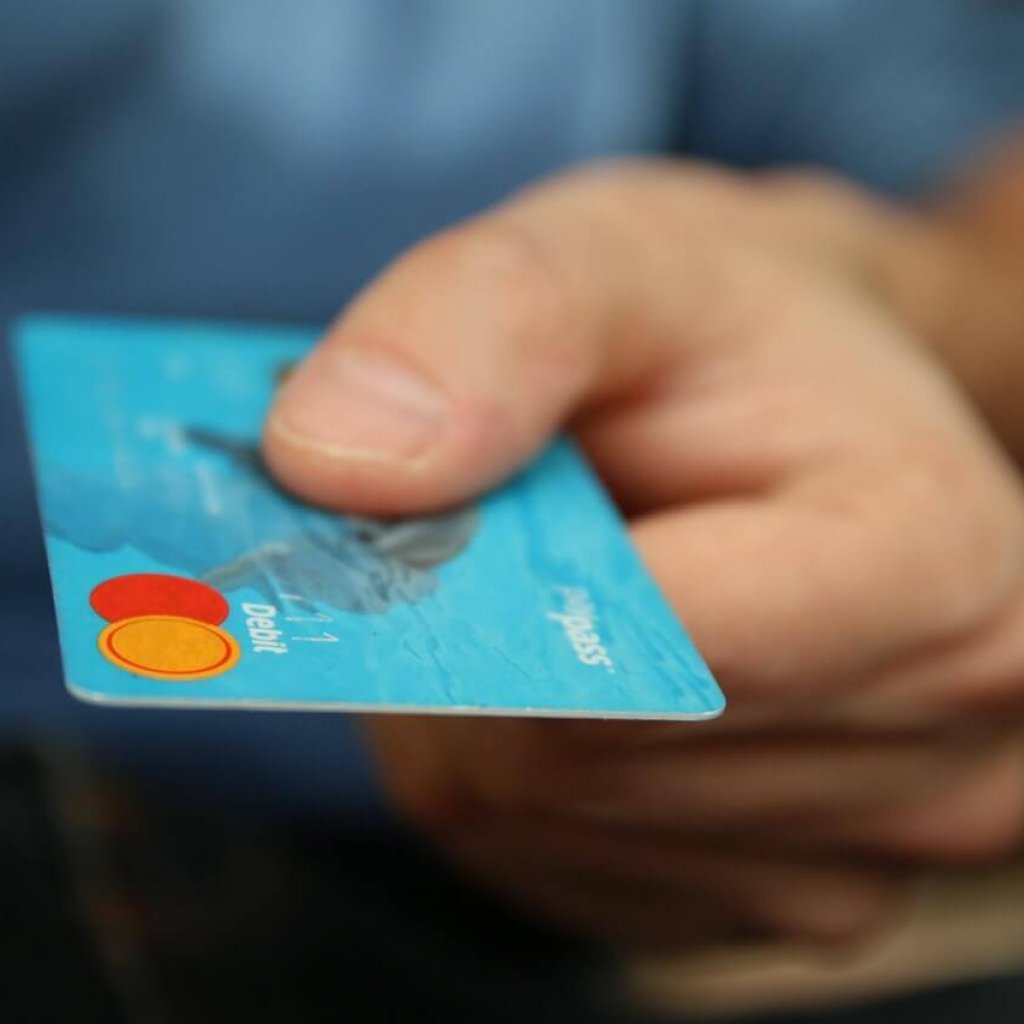
Differences Between Personal Loan Providers in New Zealand
When looking for a personal loan in NZ there are many options when it comes to providers:
- Mortgages
- Bank personal loans
- Overdrafts
- Credit cards
- Finance companies
- Payday lenders
- Hire purchase
- Credit unions
It is important to understand the difference between different providers and find the loan provider and product that is right for you.
What’s the difference between personal loan providers?
To understand what makes each provider different, it’s important to first understand the different elements of a loan. For a more extensive explanation, refer to our article on “Cash Loans: What to Look out for Before Applying“.
Interest rate: The interest rate of a loan outlines what premium you will pay for borrowing money. It varies from provider to provider and based on the creditworthiness of the applicant and the riskiness of the loan.
Compounding: How often interest compounds is one of the most overlooked elements of a loan. For a precautionary tale, skip ahead to the ‘Payday Lenders’ section to understand how something that looks cheap in an advertisement, can turn very expensive.
Security: A “secured loan” is when the lender takes a legal claim over an asset (e.g. vehicle) so that in the event of default they can take possession of that asset to recoup money owed. An “unsecured loan” means the lender does not link the loan to a particular asset.
Loan size: There are specialist loan providers for a variety of markets: real estate, vehicles, travel, goods and as a result the amount a provider is willing to lend will vary.
Period: How many days/weeks/months/years will the loan be paid back over.
Notable fees: Each loan will contain a variety of fees, the most common being: establishment fees (up front, one-time fee); admin fees (ongoing fees); default fees (penalty fees) and break-fees (early repayment fees).

How are personal loan providers different in New Zealand?
Firstly, banks offer a range of finance products (mortgages, personal loans, credit cards, overdrafts) each of which will have different elements.
Mortgages
A mortgage is a loan where real estate is the underlying security. Most commonly, the real estate in question is both the security for the loan and is how that loan was spent. For example, the bank approved a $500,000 loan for a borrower who used it to buy a $600,000 house, with that house acting as the security for the loan.
Most mortgages will require the borrower to put up a deposit. The bank will clarify what LVR (loan-to-value) they are willing to lend at, which if it is 80%, means the borrower will have to contribute 20% of the house price and can borrower the other 80%.
A typical mortgage may look like this:
Interest rate: Low (3.5-8%pa)
Compounding: Weekly or Monthly
Loan size: Large ($100,000+)
Period: 5-30 years
Notable fees: High early repayment fees
Personal loans from a bank
Most banks offer both secured and unsecured personal loans that vary in interest rate based on the creditworthiness of a customer. For more information about creditworthiness, read our article on “What is a Credit Score and how Does it Affect my Personal Loan?“.
Borrowers with higher credit scores and better security will be eligible for lower interest rates than those with lower credit scores and no security. However, banks are less likely to lend to borrowers with bad credit and are typically tougher on their credit assessments than finance companies. They don’t necessarily prioritise small personal loans as they instead encourage customers to use credit card products and overdrafts.
A typical personal loan from a bank may look like this:
Interest rate: Low to Medium (10-20%pa)
Compounding: Monthly
Loan size: Small to Medium ($1,000 – $100,000)
Period: 6 months – 10 years
Fees: Establishment fee
Credit cards from banks
A credit card is a form of rolling credit whereby a customer is approved for a certain amount and can draw down those funds as they choose by using their credit card.
The benefit of a credit card is you can use as much or as little of the funds as you like, within your preapproved limit. Therefore you are not paying interest on funds that you have not used.
You will pay interest on the monthly balance of the card but many credit cards give you an interest-free period on that month’s purchases. The 20th of the following month is usually the interest-free deadline which is why you will often see credit cards advertised as 20-51 days interest-free). For example, if you buy goods on March 1st, you have until April 20th to pay that back without any interest being charged (51 days). If you were to buy goods on March 31st, you still have until April 20th (20 days).
Be aware that payments made on your credit card are applied to older balances first. This is particularly relevant if you intend on paying off items on your card before that interest-free period expires. Take the following example: You have a balance outstanding from June, make purchases in July and then pay for July’s purchases before August 20th. That will not avoid interest on July’s purchases as the payment will have been attributed to the outstanding June balance first.
Credit card rates will typically look like this:
Interest rate: Medium (15-25%pa)
Compounding: Monthly
Loan size: Small ($1,000 – $20,000)
Period: Ongoing
Fees: Medium admin fees

Bank overdraft facility
An overdraft is a credit facility that a lender is pre-approved for and can draw down as they need. Interest is charged on the balance that has been drawn down. The bank will charge a facility fee for the total of the credit facility. If you don’t use it, you will only be charged the facility fee.
In essence, an overdraft is very similar to a credit card but for one key difference. To use a credit card you need a payment processor (online payment gateway, a store that accepts credit cards, ATM). An overdraft, on the other hand, can be accessed the same as if those funds were in your cheque account (anywhere there’s a payment terminal, online banking transfers to other accounts).
An overdraft facility typically looks like this:
Interest rate: Medium (15-25%pa)
Compounding: Monthly
Loan size: Small ($500 – $10,000)
Period: Ongoing
Fees: Medium admin fees, high default fees, facility fee
Finance company personal loans
Finance companies offer personal loans similarly to banks. However, where banks typically put more focus on mortgages and credit cards, finance companies specialise almost entirely in personal loans.
There is a great variety of interest rates from one finance company to another. A lot of this will depend on the type of lending they focus on and whether that is secured or unsecured. For instance, a finance company that lends for vehicle purchases can take security over that vehicle and therefore offer a lower interest rate than a finance company that offers an unsecured loan for travel.
Finance companies are also more likely than banks to lend to borrowers with less than perfect credit scores. As these companies offer loans to people who would often be declined by the bank, the risk element is higher and the interest rates reflect that.
A personal loan from a finance company typically looks like this:
Interest rate: Medium (15-30%pa)
Compounding: Monthly
Loan size: Small to Medium ($1,000 – $100,000)
Period: 3 months – 5 years
Fees: Medium Establishment fee, Medium Admin Fees
Payday loans
Payday lenders offer small loans for a short period of time. As the name suggests, they are marketed as loans that can be paid off at the borrower’s next payday. If these loans are repaid on time, they only offer a very small window for the lender to make money from interest. Therefore, payday lenders are famous for having very high-interest rates, which are often compounded daily.
Payday lenders make the majority of their profits from when borrowers fall behind on their payments and the loan continues beyond the initial contract period. That allows the lender to charge high default fees and for the high-interest rate to compound into a very expensive loan for the borrower.
As an example, a payday lender is advertising a $250 loan for 9 days. The total repayments (including fees) are listed at $303.48. Paying the initial $250 with an additional $53.48 may not seem unreasonable, given that that loan may get you out of an emergency. However, the fine print should act as a warning. That particular advertisement lists the interest rate at 1.5% per day, compounding daily. If left to compound, that would result in an effective annual rate of 22,812% and if no repayments were made, the $250 loan would have turned into at least $57,280 (excluding fees) after just 12 months.
In recent years, many governments have sought to legislate this type of lending, deeming it predatory. Certain countries may cap the amount of interest and fees that can be charged. Be sure to check any loan (payday or otherwise) for what the effective annual interest rate is. Once the loan starts to compound, it can be very difficult to pay off.
A typical payday loan may look like this:
Interest rate: Very High (Effective Annual Rates of 500% + pa)
Compounding: Daily
Loan size: Small ($100 – $1,000)
Period: 1-4 weeks
Fees: Low establishment fees but high penalty fees

Hire purchase loans
Hire purchase is a loan attached to the purchase of goods (e.g. a television). The buyer pays for the goods over time in a way not dissimilar to an unsecured loan.
Often hire purchase agreements are used by retailers as an effective marketing tool. They include interest-free periods that are regularly marketed as “buy now, pay later.”
One thing to bear in mind with hire purchase agreements is that although the initial interest rate may be very low, or non-existent, the interest rate beyond the term of the hire purchase agreement can be very high. For instance, it may be advertised at “interest-free for 36 months” but the fine print may show that if you haven’t cleared the balance in 36 months, the interest rate reverts to something far greater, like 30%.
Hire purchase typically looks like this:
Interest rate: Very Low (initial period) then Medium/High (beyond)
Compounding: Weekly
Loan size: Small to Medium ($ 500 – $20,000)
Period: 1-3 years
Fees: Medium fees
Credit union loans
Credit unions offer loans just as a bank does. The only difference is in the way they are governed. Whereas a bank is run to make profits for shareholders, a credit union is a not-for-profit run to its benefit it’s members (depositors).
In that sense credit unions often offer slightly lower rates than banks, however (like banks) they tend to favour customers with stronger credit profiles and prioritize mortgages and credit cards.
Which personal loan provider should I use?
Which personal loan provider you use will depend on the factors outlined above. It will depend on whether you have security, what your credit score is, and how much you’re looking to borrow.
You should always seek independent financial advice and read our tips on budgeting and saving money.
If you are interested in a personal loan, contact QuickCash. QuickCash is a versatile finance company that offers loans to a variety of applicants. They offer secured and unsecured loans to applicants with a variety of credit scores, and loans that range from $200 – $20,000. You can calculate the potential loan repayments here and if you’re interested in applying it only takes 3 minutes online here.
Disclaimer: This article is intended to provide general information only. It does not take into account your financial needs or personal circumstances. It is not intended to be viewed as investment or financial advice. Should you require financial advice you should always speak to an Authorised Financial Adviser.